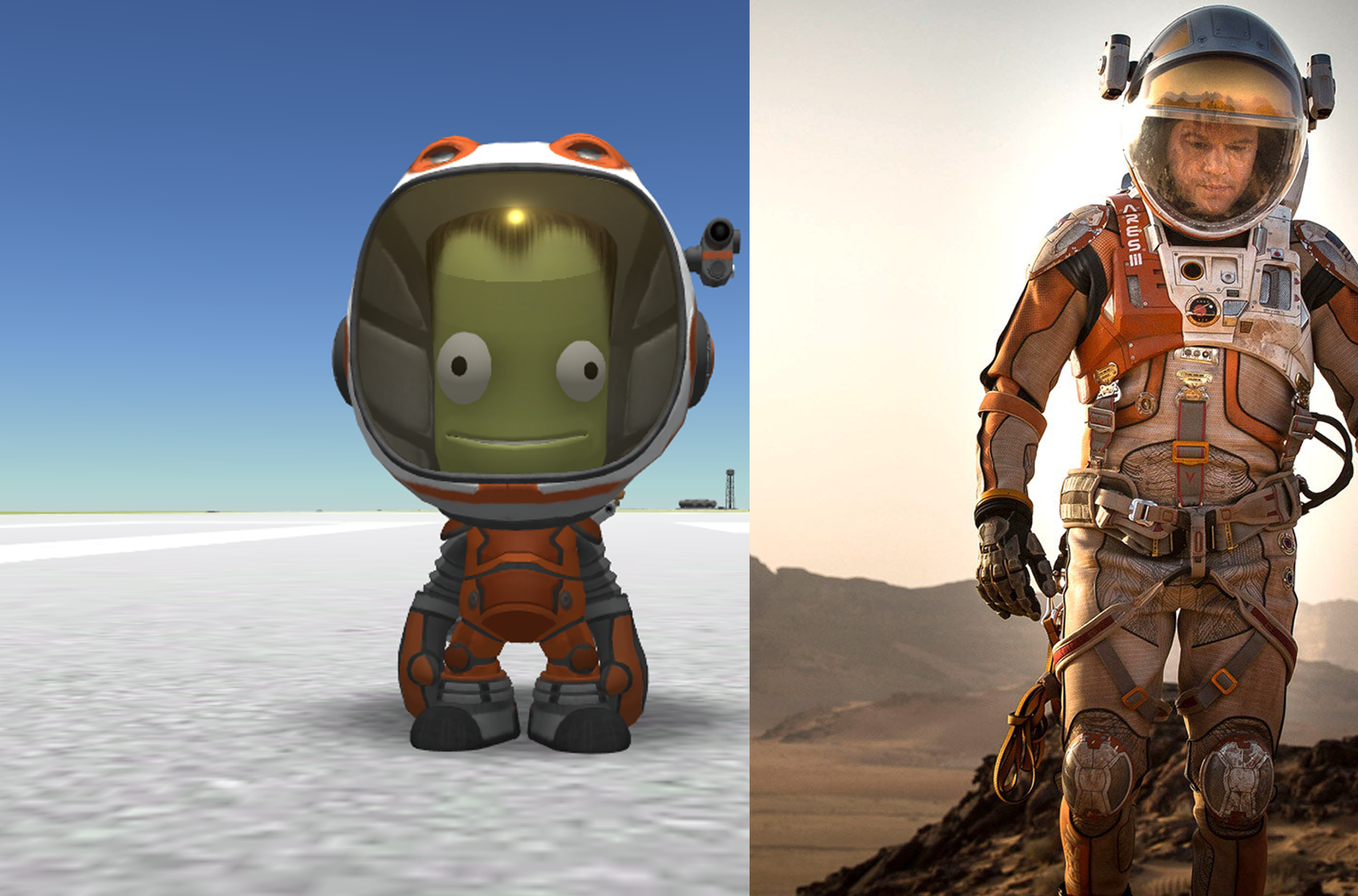When contemplating the cinematic experience of “The Martian,” viewers are often faced with a pivotal decision: should they immerse themselves in the visually arresting realm of 3D, or would they be better served by a more traditional 2D presentation? This question not only pertains to personal preference but also to the depth of engagement that one anticipates from the film’s rich narrative and sophisticated visual palette. To explore this inquiry thoroughly, we will delve into a multifaceted discussion regarding the merits and potential drawbacks of both formats.
The film, directed by Ridley Scott and based on Andy Weir’s novel, chronicles the harrowing endeavors of astronaut Mark Watney, portrayed by Matt Damon, as he battles for survival on the desolate surface of Mars. The narrative imbues a palpable tension and urgency, inviting viewers into a world where every decision can mean the difference between life and death. Choosing the optimal viewing format is, therefore, integral to fully experiencing Watney’s plight.
Initially, let us examine the advantages of viewing “The Martian” in 3D. The most salient benefit of 3D cinema lies in its capacity to engender an immersive experience. This format employs advanced visual techniques to create a depth of field that enhances the viewer’s perception of spatial relationships. In the context of a film centered on the vast desolation of Mars, such perceptual depth can augment emotional engagement. Vistas of the Martian landscape, rendered with breathtaking fidelity, possess a three-dimensional expansiveness that might not translate as effectively on a traditional flat screen. It allows the audience to appreciate the sheer magnitude of the natural formations and the utter isolation of Watney, reinforcing the themes of survival and perseverance.
The utilization of 3D technology can also stimulate a heightened sense of realism. Audiences often report feeling as though they are part of the action rather than mere spectators. This sensation is particularly pertinent in scenes that evoke an acute sense of danger, such as explosive decompressions or encounters with Martian dust storms. In these instances, the visceral nature of 3D can provoke a stronger emotional response, anchoring the viewer in the narrative and enhancing the cinematic journey. Such immersion may foster a deeper empathy for Watney’s struggles, allowing one to feel the weight of his predicament more poignantly.
Nevertheless, one must also consider the potential drawbacks of the 3D experience. Not all films achieve a successful integration of 3D technology; sometimes, the added dimension can feel superfluous or distracting. If the 3D effects are not meticulously executed, they may detract from the substantive aspects of storytelling by drawing attention away from the central narrative. This is particularly relevant in a film such as “The Martian,” where the intricacies of science, humor, and humanity coalesce to create a compelling story. If 3D detracts from the viewer’s ability to connect with these themes, it could ultimately diminish the overall impact of the film.
Moreover, there exists a segment of the audience who may experience discomfort or visual fatigue when engaging with 3D presentations. Symptoms such as headaches, nausea, or general unease can mar the enjoyment of an otherwise exhilarating cinematic experience. Individuals predisposed to such effects may find that traditional 2D films afford a level of comfort that enables them to actively engage with the narrative without the potential hindrances associated with 3D technologies.
On the contrary, opting for the 2D presentation of “The Martian” does not equate to a lesser experience. In fact, for many, the 2D format cultivates a more concentrated engagement with the film’s compelling dialogue and stellar performances. Viewers may find themselves more attuned to the subtleties of character development and plot progression without the distraction of elaborate visual effects. In this context, the film’s underlying themes—human resilience, ingenuity, and collaboration—can resonate more fully.
Furthermore, the cinematic experience in 2D allows for the appreciation of the film’s meticulous visual composition without the potential distortion or alteration that can accompany 3D technology. Every frame is deliberately crafted, and the careful use of color, composition, and light serves to convey the emotional tenor of the story. For purists, these artistic nuances may feel lost in the chromatic excesses of a 3D experience.
Ultimately, the decision to view “The Martian” in 3D or 2D pivots largely on the individual’s priorities and preferences. If one seeks an immersive, tech-forward spectacle that amplifies the visuals of Martian desolation, the 3D experience may offer an unparalleled adventure. Conversely, should the viewer prioritize narrative depth and character engagement, the standard 2D presentation may more effectively facilitate these elements.
In conclusion, both formats present distinct advantages and limitations. A thoughtful consideration of one’s viewing habits, physical comfort, and narrative inclinations is paramount in making this choice. “The Martian,” rich in scientific rigor and human emotion, invites all viewers into its compelling narrative. Whether one chooses to don the 3D glasses or embrace the simplicity of a 2D screen, the story remains an unequivocal testament to the spirit of exploration—the core essence that transcends dimensional boundaries and captivates the human imagination.












